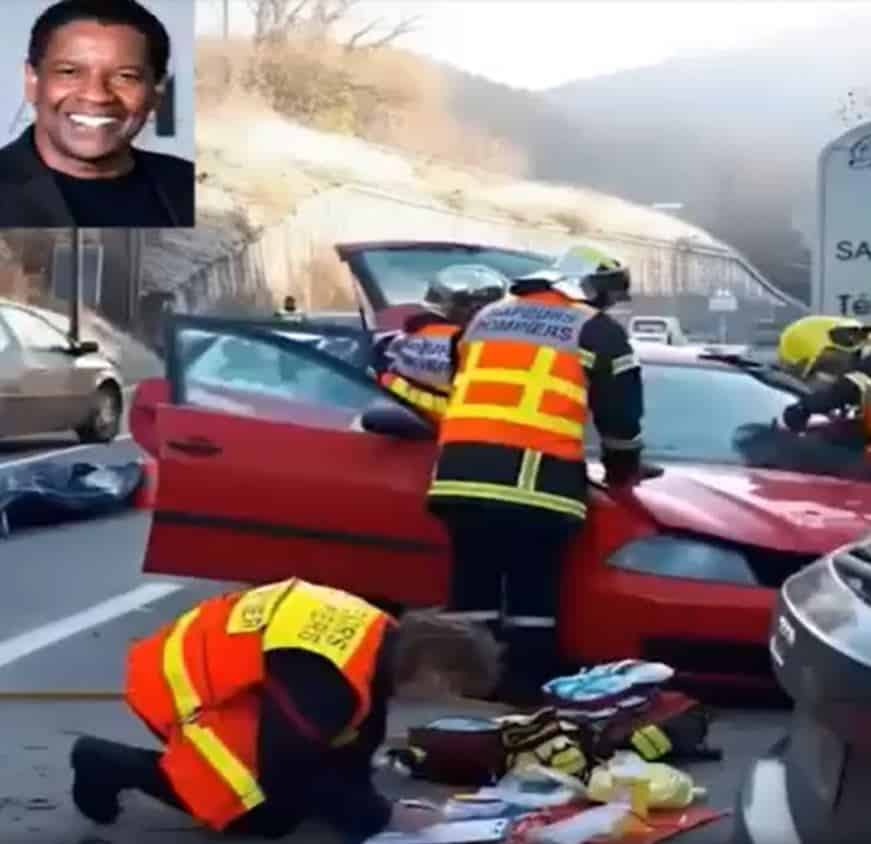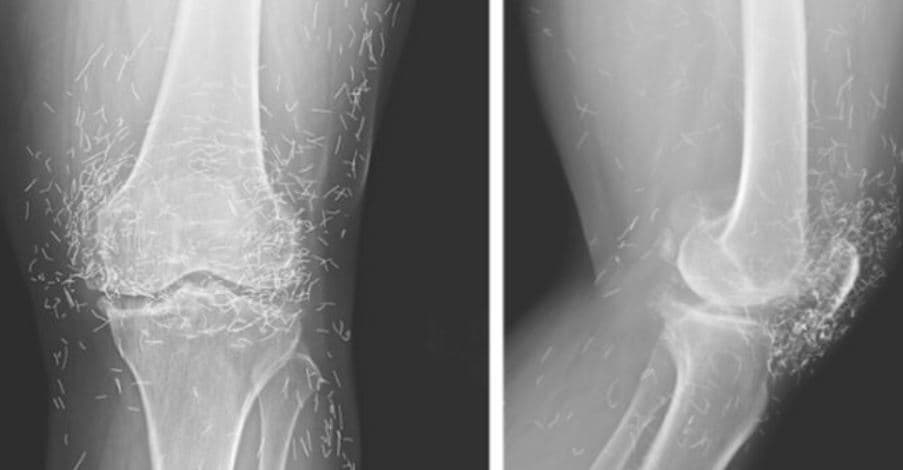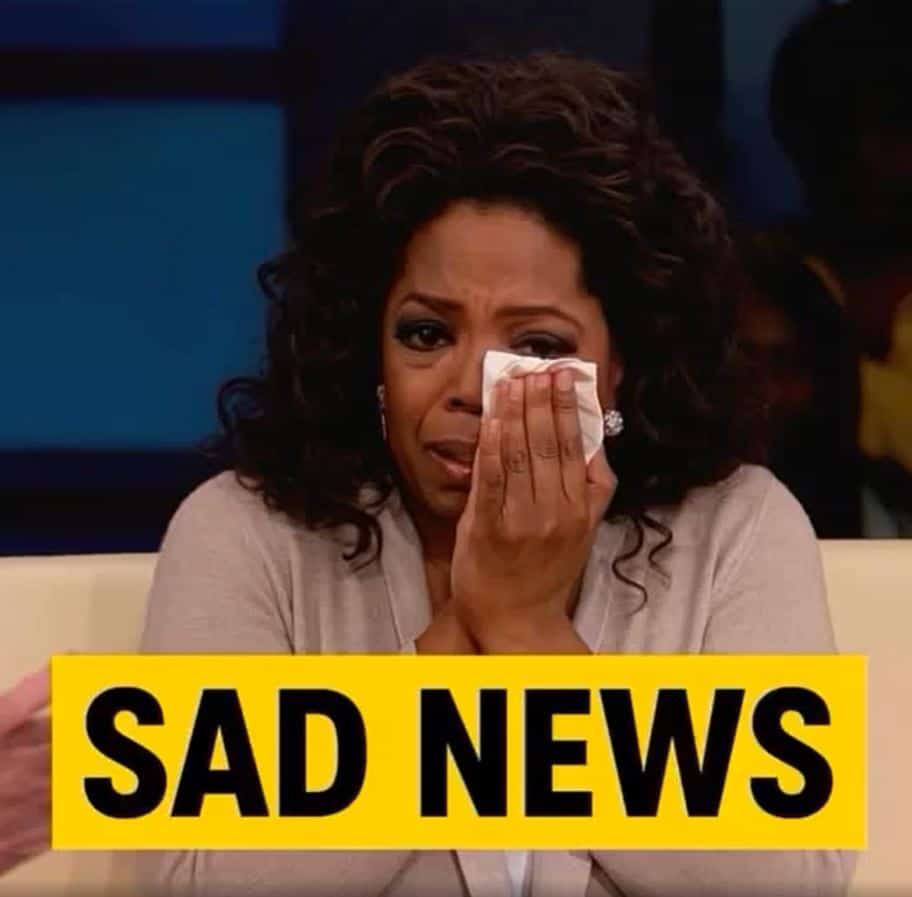Breaking News: Catastrophic Earthquake Leaves Trail of Destruction
September 19, 2017, will remain etched in the collective memory of Mexicans as one of the most tragic and emotional days of recent decades. Exactly 32 years after the devastating 1985 earthquake, Mexico City was shaken again, this time by a magnitude 7.1 quake that caused death, destruction, and a wave of national solidarity.
One of the most dramatic moments of that day was the partial collapse of several buildings in different parts of the city, including one located in the Roma Sur neighborhood, which nearly collapsed before the terrified eyes of the citizens.

The building on the brink of collapse
The building, a six-story office building located on Álvaro Obregón Street, began to creak violently seconds after the earthquake began. Witnesses report that the walls immediately cracked and the concrete began to fall as if it were a controlled demolition.
“The windows were exploding, the building was moving from side to side as if it were made of paper. I thought we wouldn't get out alive,” said a survivor who managed to evacuate via the stairs moments before the partial collapse.
Minutes later, the building's central structure gave way, partially collapsing. Many of the occupants were trapped in the rubble.
The emergency response was immediate. Members of the Navy, Mexican Army, Civil Protection, and hundreds of volunteers arrived at the scene to try to rescue the trapped people.
For several days, brigade members worked tirelessly, removing debris with shovels, picks, and even their bare hands, amid absolute silence and the hope of finding survivors. Several people were rescued alive, although sadly, bodies were also recovered.
The building became a symbol of the tragedy, but also of the resilience, dedication, and unity of the Mexican people.
📉 Impact of the Earthquake
The earthquake of September 19, 2017, caused:
More than 370 deaths across the country, primarily in Mexico City, Puebla, and Morelos.
Thousands of buildings were damaged, some completely lost.
Schools and hospitals collapsed, among them the emblematic case of the Enrique Rébsamen School.
Millions of people were evacuated and psychologically affected.
In addition, an unprecedented social movement emerged. Anonymous citizens became rescuers, improvised doctors, cooks, transporters, and organizers of collection centers.
🏗️ Aftermath and Reconstruction
In the aftermath of the earthquake, the Mexico City government implemented structural assessment, reconstruction, and victim support programs. Many buildings were reinforced or demolished for safety reasons. However, the lack of construction oversight and corruption in construction permitting were also exposed, sparking debates about urban safety in seismic zones.
✅ Conclusion
The earthquake of September 19, 2017, shook not only buildings but also consciences. It reminded us of the vulnerability of cities to the forces of nature, but also made it clear that Mexican solidarity is stronger than any tremor. That building that nearly collapsed in Mexico City today bears witness to the pain, but also to the heroism of a people who refuse to fall.
 Fact Stream Daily
Fact Stream Daily



